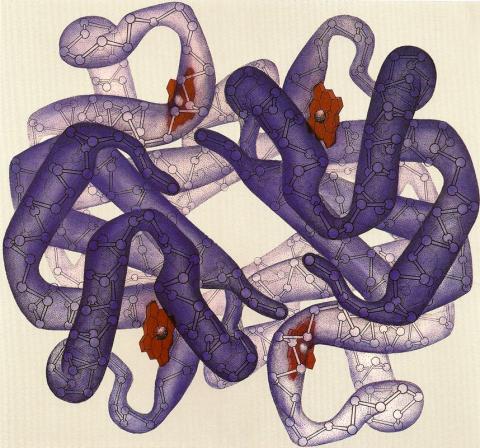Literature and Science: Scientific Aesthetics
Today we tend to think of science as concerned with objectivity and hard facts, but it wasn't always that way. Scientists have long been concerned with the role of pleasure, beauty, and sensation in the production of knowledge. This course will uncover this overlooked history. We will investigate the relationship between art and science from Ancient thinkers such as Aristotle and Plato to contemporary poets, novelists, and curators, asking why aesthetic ideals such as elegance, symmetry, and harmony so often drive scientific research, and why scientific concerns about truth and the nature of reality are likewise central to the artistic endeavor. We will also explore how science is aesthetically constructed in the archive by learning about The Museum of Jurassic Technology in Los Angeles as well as by exploring Philadelphia's outrageous cabinet of curiousities, The Mütter Museum and Penn's own Kislak Center for Special Collections, Rare Books and Manuscripts. We will engage with digital tools, building our own online "cabinet of curiosity" in which we catalog and describe beautiful objects we have found. Readings will include: Lucretius' atomic poem, On the Nature of the Universe, Robert Hooke's study of microscopic organisms, the Micrographia, Thomas Hardy’s ecological novel, The Return of the Native, and Lisa Robertson's poetic exploration of the ellipse in astronomy, Thinking Space, among others. No previous knowledge of the subject is assumed or required. This course is an ideal introduction to English at Penn, especially for science majors. Required work: short writing assignments and two essays.

 Department of English
Department of English
